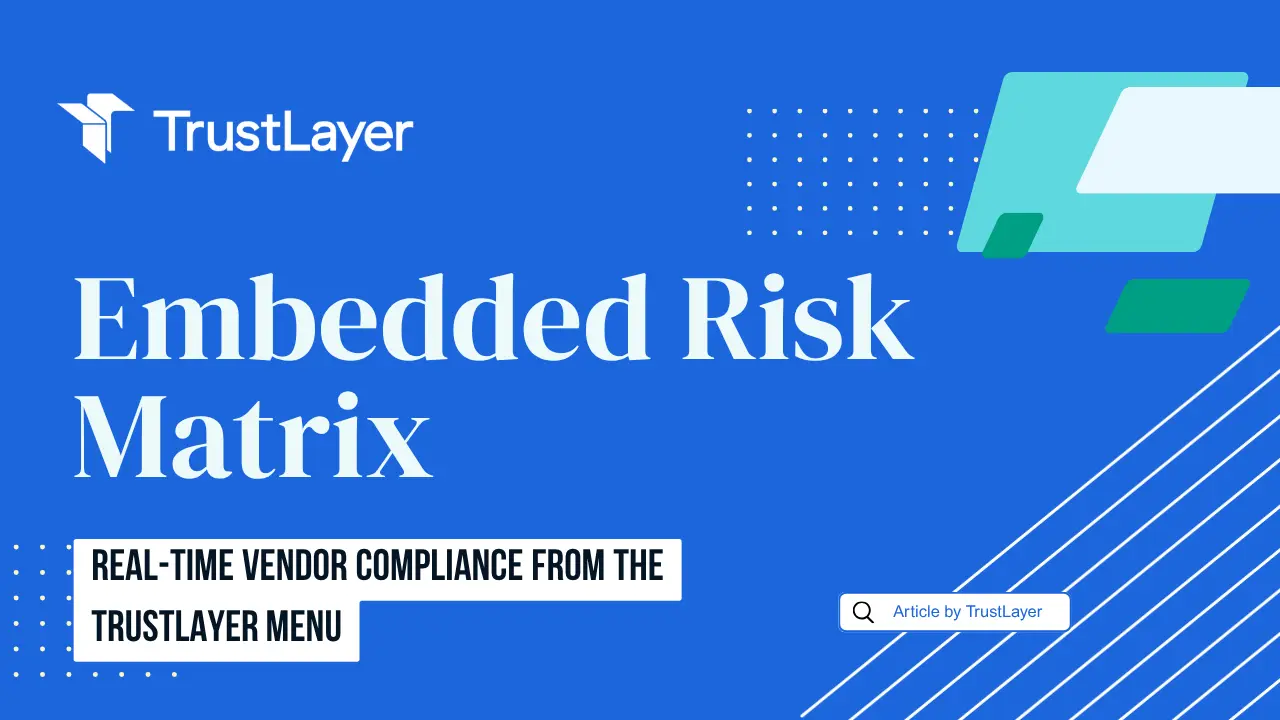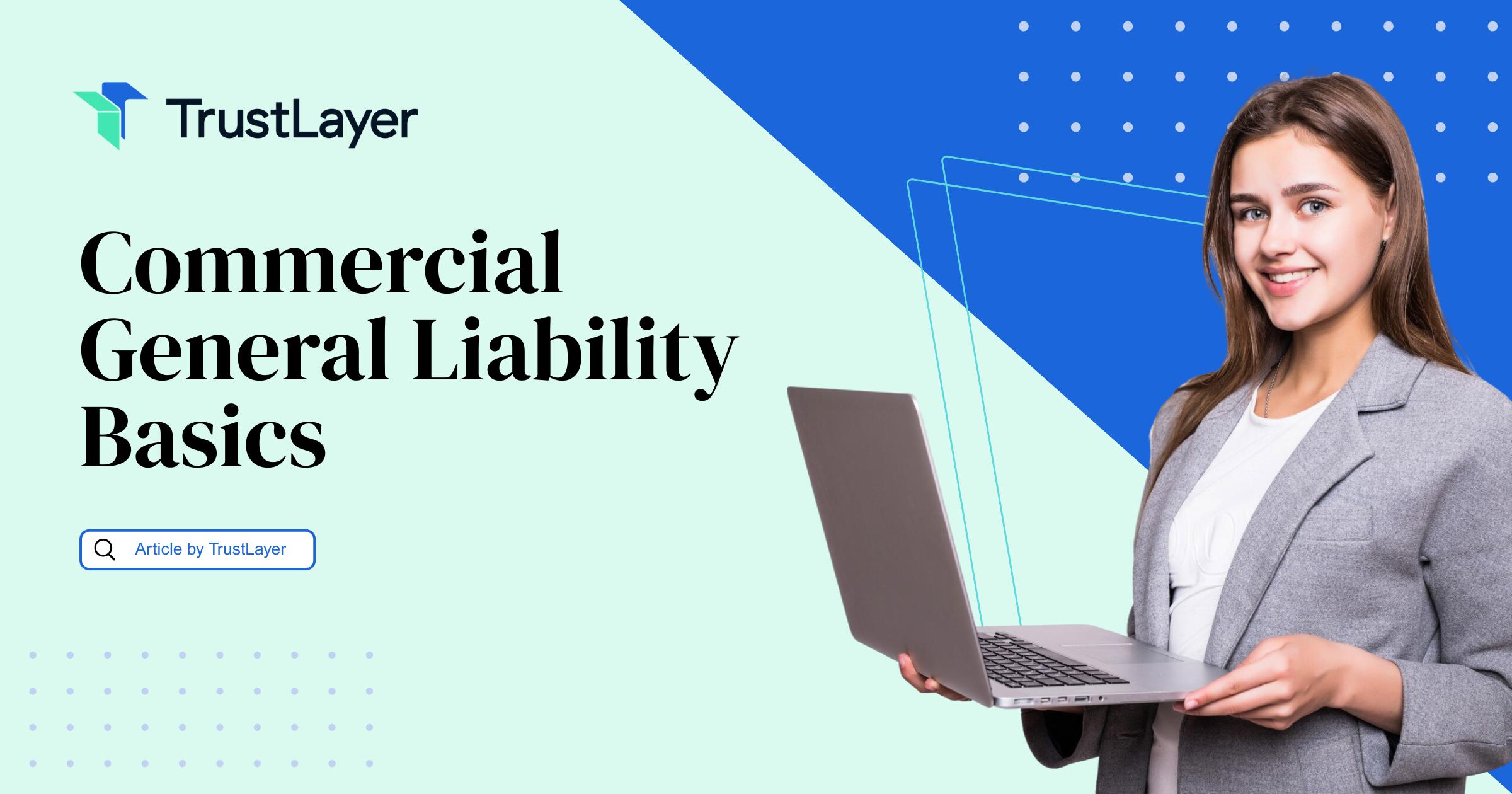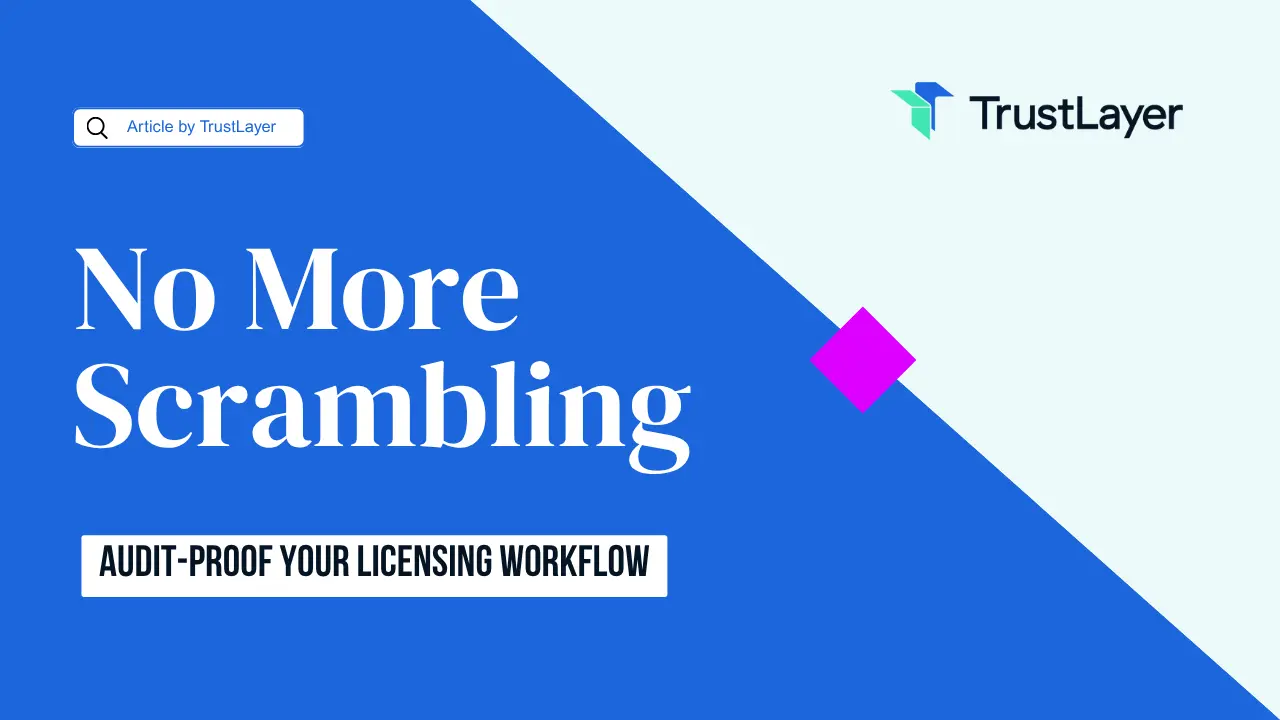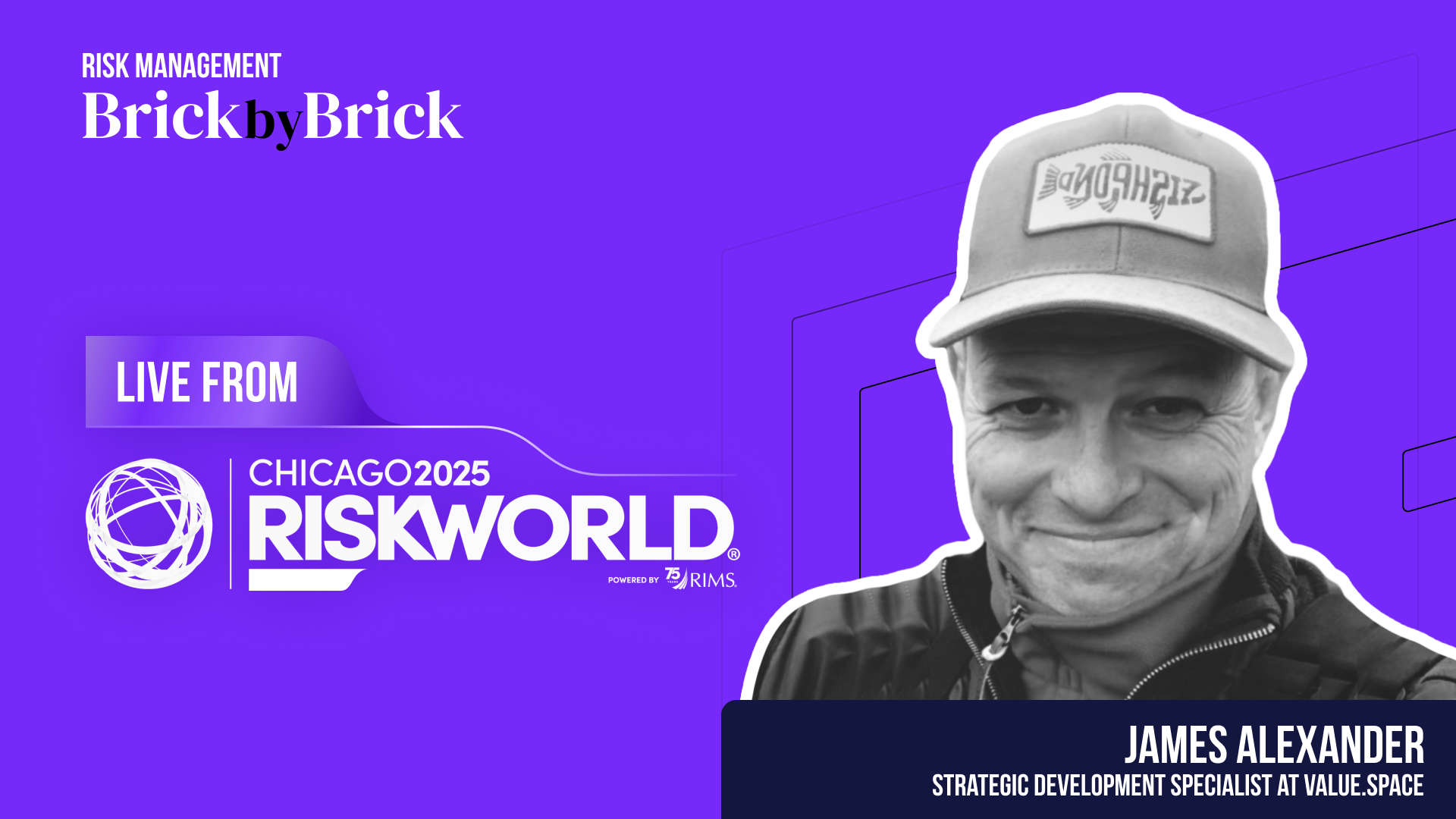 Resources
Resources State Government Risk Management Simplified: How TrustLayer Enhances Public Sector Compliance
State Government Risk Management Simplified: How TrustLayer Enhances Public Sector ComplianceState Government Risk Management Simplified: How TrustLayer Enhances Public Sector Compliance

State governments face a myriad of challenges regarding risk management and compliance. The need for effective strategies has never been more pressing, primarily because public agencies are held to higher standards of accountability and transparency. TrustLayer emerges as a pivotal solution in this landscape, offering tools that simplify risk management processes and enhance compliance across public sector entities.
Why Risk Management is Crucial for State Governments
Risk management is not just a regulatory obligation but a fundamental aspect of effective governance. For state governments, the stakes are high. Poor risk management can lead to financial losses, reputational damage, and even legal repercussions. By proactively identifying and mitigating risks, state agencies can safeguard public resources and ensure they operate within the law.
Moreover, effective risk management fosters public trust. Citizens expect their government to act responsibly and transparently. When state agencies demonstrate a commitment to managing risks effectively, it enhances their credibility and strengthens the relationship with the community they serve. This trust is essential for fostering cooperation and engagement from the public.
In an era of data breaches and cybersecurity threats, risk management becomes even more pronounced. State governments must navigate a complex landscape of potential threats, making it imperative to have robust systems to protect sensitive information and maintain operational integrity.
Additionally, risk management plays a critical role in disaster preparedness and response. Natural disasters, such as hurricanes, floods, and wildfires, pose significant threats to state resources and infrastructure. By implementing comprehensive risk assessment and management strategies, state governments can better prepare for these events, ensuring that emergency services are equipped to respond swiftly and effectively. This proactive approach minimizes the impact of disasters and reinforces the government's role as a protector of its citizens' safety and well-being.
Furthermore, integrating technology in risk management processes can enhance the ability of state governments to predict and respond to emerging threats. Using advanced analytics and artificial intelligence, agencies can analyze vast amounts of data to identify patterns and potential risks before they escalate. This technological advancement streamlines risk management efforts and allows for more informed decision-making, ultimately leading to a more resilient and responsive government. As the landscape of risks evolves, embracing innovative solutions will be key to maintaining effective governance and public confidence.
Common Compliance Challenges in Public Administration
State governments encounter various compliance challenges that can complicate their risk management efforts. One significant issue is the sheer volume of regulations agencies must adhere to. From federal mandates to state-specific laws, the compliance landscape can be overwhelming. Keeping up with these requirements often strains resources and can lead to unintentional violations. This is particularly true for smaller agencies lacking the dedicated compliance staff or technological resources to monitor and manage their obligations effectively. As a result, these agencies may find themselves in precarious situations, facing penalties or legal repercussions that could have been avoided with better oversight.
Another challenge is the lack of standardized processes across different departments. Each agency may have its approach to compliance, leading to inconsistencies that can create gaps in risk management. This fragmentation can result in inefficiencies and increase the likelihood of non-compliance. For instance, one department might prioritize environmental regulations while another focuses on labor laws, leading to a situation where overlapping responsibilities are neglected. The absence of a unified compliance framework can also hinder collaboration between agencies, making it difficult to share best practices or lessons learned from past compliance failures.
Furthermore, the rapid pace of technological change presents its challenges. As state agencies adopt new technologies, they must also ensure these tools comply with existing regulations. This often requires ongoing training and adaptation, which can be resource-intensive and complex. Integrating artificial intelligence and data analytics into public administration, for example, raises questions about data privacy and security compliance. Agencies must navigate these evolving technological landscapes without inadvertently exposing themselves to data breaches or compliance violations. Additionally, the reliance on third-party vendors for technology solutions can complicate compliance efforts, as agencies must vet these partners to ensure they adhere to regulatory standards.
Streamlining Insurance Verification with TrustLayer
One area where TrustLayer excels is streamlining the insurance verification process. Traditionally, verifying insurance coverage has been a cumbersome task for state agencies. Manual processes can lead to delays, errors, and a lack of visibility into compliance status. TrustLayer automates this process, enabling agencies to quickly and efficiently verify insurance credentials.
By leveraging digital tools, state governments can reduce the time spent on insurance verification, allowing staff to focus on more strategic initiatives. TrustLayer’s platform provides a centralized location for all insurance documentation, ensuring that agencies have easy access to the information they need when they need it.
This streamlined approach enhances efficiency and mitigates risks associated with non-compliance. With automated reminders and alerts, agencies can stay on top of renewal dates and coverage requirements, reducing the likelihood of lapses that could expose them to financial and legal risks.
Moreover, TrustLayer's integration capabilities allow for seamless communication between various stakeholders, including insurers, contractors, and regulatory bodies. This interconnectedness fosters a collaborative environment where all parties can share real-time updates and documentation, significantly reducing the back-and-forth that often slows down the verification process. As a result, agencies can maintain a clear and up-to-date view of compliance status, ensuring they always operate within the legal framework.
Additionally, TrustLayer's data analytics features provide valuable insights into insurance trends and compliance patterns. By analyzing this data, agencies can identify potential areas for improvement and make informed decisions about their insurance requirements and policies. This proactive approach enhances operational efficiency and promotes a culture of accountability and transparency within the agency, ultimately leading to better service delivery for the communities they serve.
Improving Transparency through Digital Certificate Management
Transparency is a cornerstone of effective public administration. TrustLayer’s digital certificate management capabilities enhance transparency by providing real-time access to compliance documentation. This feature allows state agencies to track and manage certificates efficiently and securely.
With digital certificate management, agencies can easily share information with stakeholders, including auditors and regulatory bodies. This level of transparency builds trust and facilitates smoother audits and compliance checks. Stakeholders can access the necessary documentation without the delay associated with traditional paper-based processes.
Moreover, the digital nature of these certificates reduces the risk of loss or misplacement, a common issue with physical documents. State governments can enhance operational resilience and maintain a clear audit trail by ensuring that all compliance-related information is stored securely in a digital format.
Additionally, digital certificate management systems often come equipped with automated reminders and alerts, which help agencies stay on top of renewal dates and compliance deadlines. This proactive approach minimizes the chances of lapses in compliance, which can lead to costly penalties or reputational damage. Furthermore, the ability to generate real-time reports allows agencies to analyze their compliance status at a glance, making it easier to identify areas for improvement and allocate resources effectively.
As the landscape of public administration continues to evolve, integrating advanced technologies like blockchain into digital certificate management systems is becoming increasingly relevant. Blockchain technology can provide an immutable record of all certificate transactions, further enhancing security and trust. This innovative approach bolsters transparency and empowers citizens by giving them access to verifiable information about the compliance status of various public entities, thus fostering a more engaged and informed community.
How Automation Reduces Risks and Costs for State Agencies
Automation is a game-changer for state agencies looking to reduce risks and costs associated with compliance and risk management. By automating routine tasks, agencies can minimize human error, which is often a significant source of compliance issues. TrustLayer’s automation features allow agencies to streamline workflows, ensuring tasks are completed accurately and on time.
Additionally, automation can lead to significant cost savings. State agencies can allocate resources more effectively by reducing the time spent on manual processes. This enhances productivity and allows for a reallocation of funds towards more critical initiatives that benefit the community. For instance, agencies can invest more in public health programs, infrastructure improvements, or educational resources, all of which can have a lasting impact on the quality of life for residents.
Furthermore, the data collected through automated processes can provide valuable insights into risk management practices. State agencies can analyze trends and identify areas for improvement, allowing them to adapt their strategies proactively. This data-driven approach not only enhances compliance but also fosters a culture of continuous improvement within public administration. By leveraging analytics, agencies can pinpoint specific compliance challenges and develop targeted training programs for staff, ensuring everyone is equipped with the knowledge to mitigate risks effectively.
Moreover, integrating automation tools can enhance collaboration across various departments within state agencies. When information is shared seamlessly through automated systems, it fosters a more cohesive approach to governance. Departments can work together to address compliance issues, share best practices, and develop comprehensive strategies aligning with the agency's mission. This collaborative environment improves efficiency and strengthens accountability, as each department can track its contributions to the agency's goals in real-time.
In conclusion, effective risk management is essential for state governments to navigate the complexities of compliance and public accountability. TrustLayer offers innovative solutions that simplify these processes, from insurance verification to digital certificate management. By embracing automation and digital tools, state agencies can enhance transparency, reduce risks, and serve their communities more effectively.
Ready to revolutionize your state agency's risk management and compliance processes? TrustLayer is here to lead the way with our best-in-class certificate of insurance (COI) tracker, designed for the modern risk manager. Embrace the future of risk management with our innovative tools that automate the tedious tasks of document collection and verification, freeing you to focus on what truly matters—serving your community. Say goodbye to the administrative burden of paper and phone calls. Join the hundreds of thousands of companies that have streamlined vendor document management with TrustLayer. Let's build the following practices in risk management together. Set up a time to talk with our team and discover how we can help you enhance public sector compliance efficiently and effectively.














